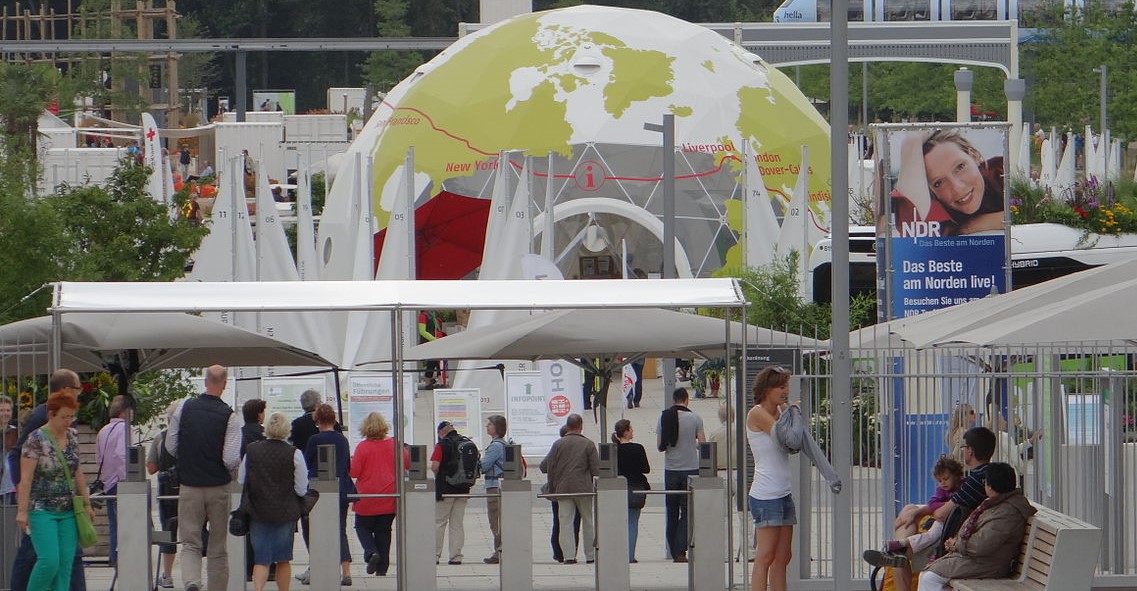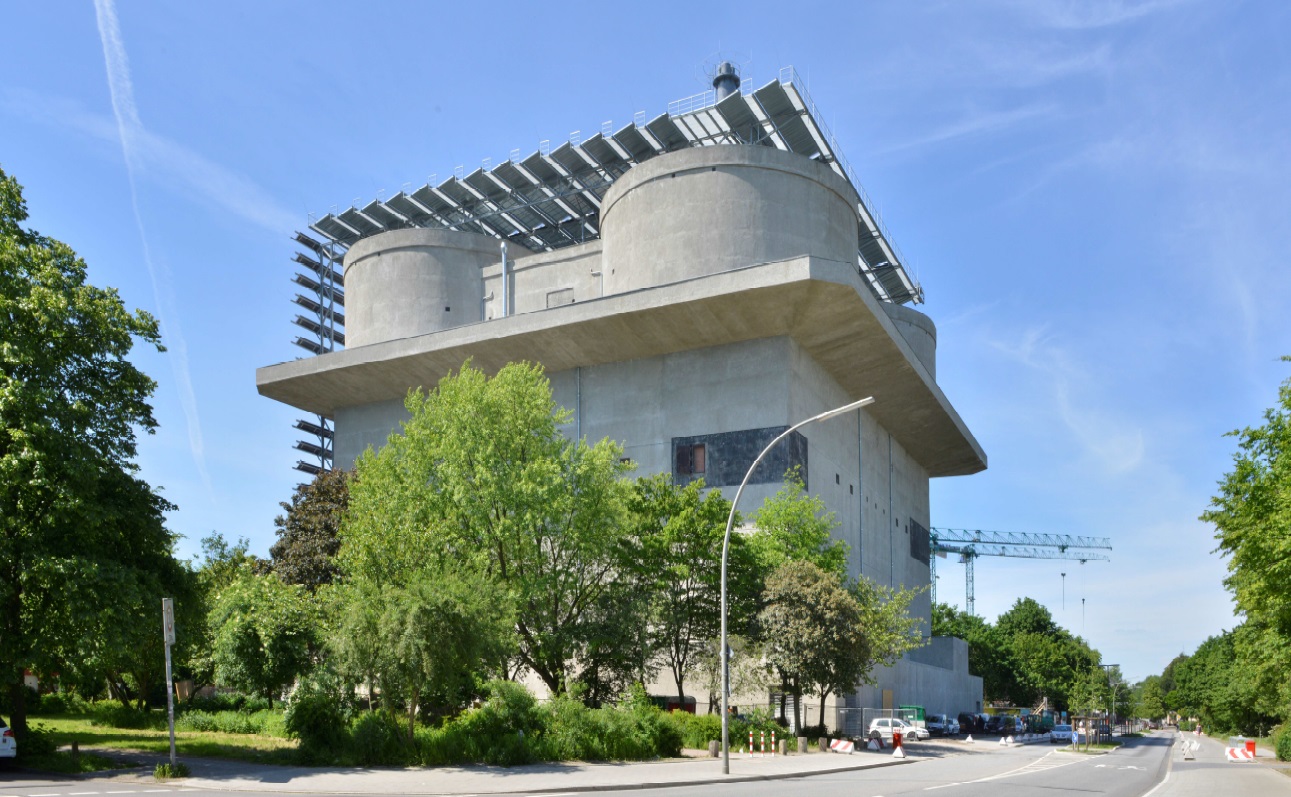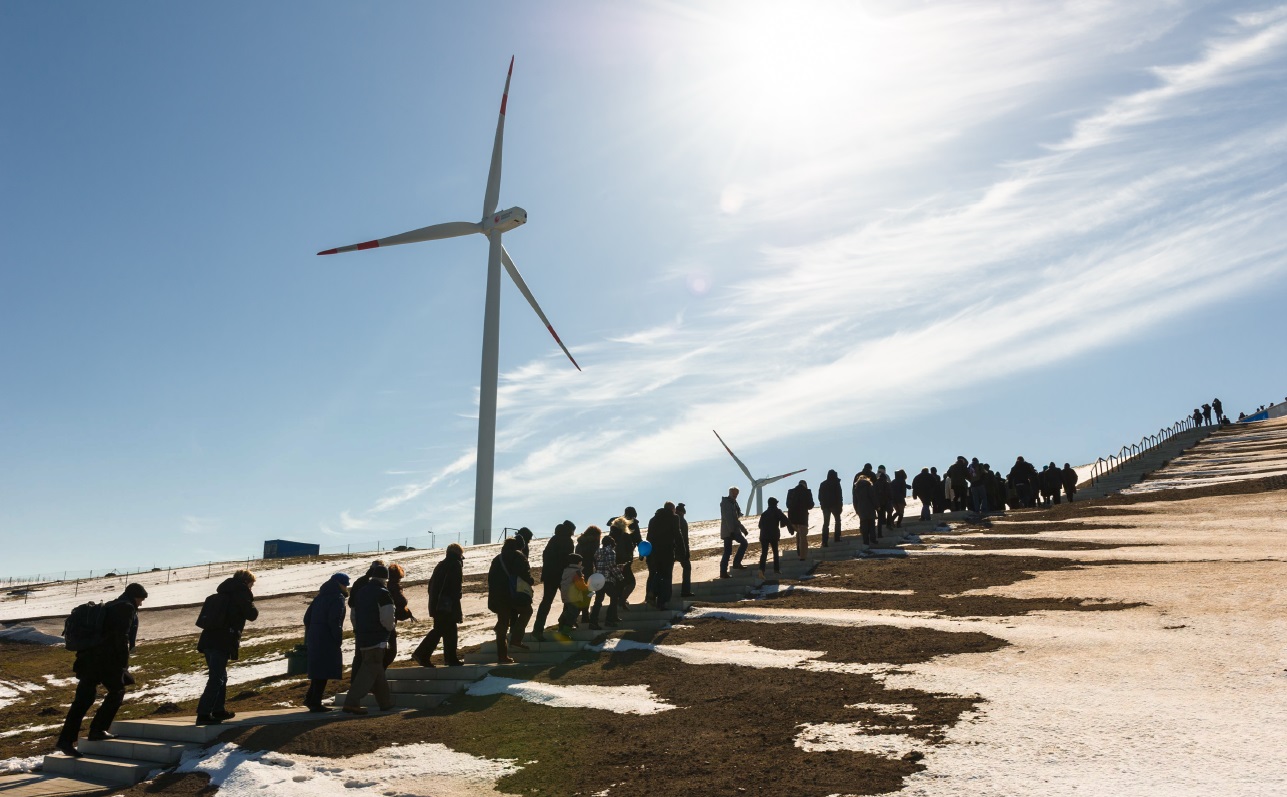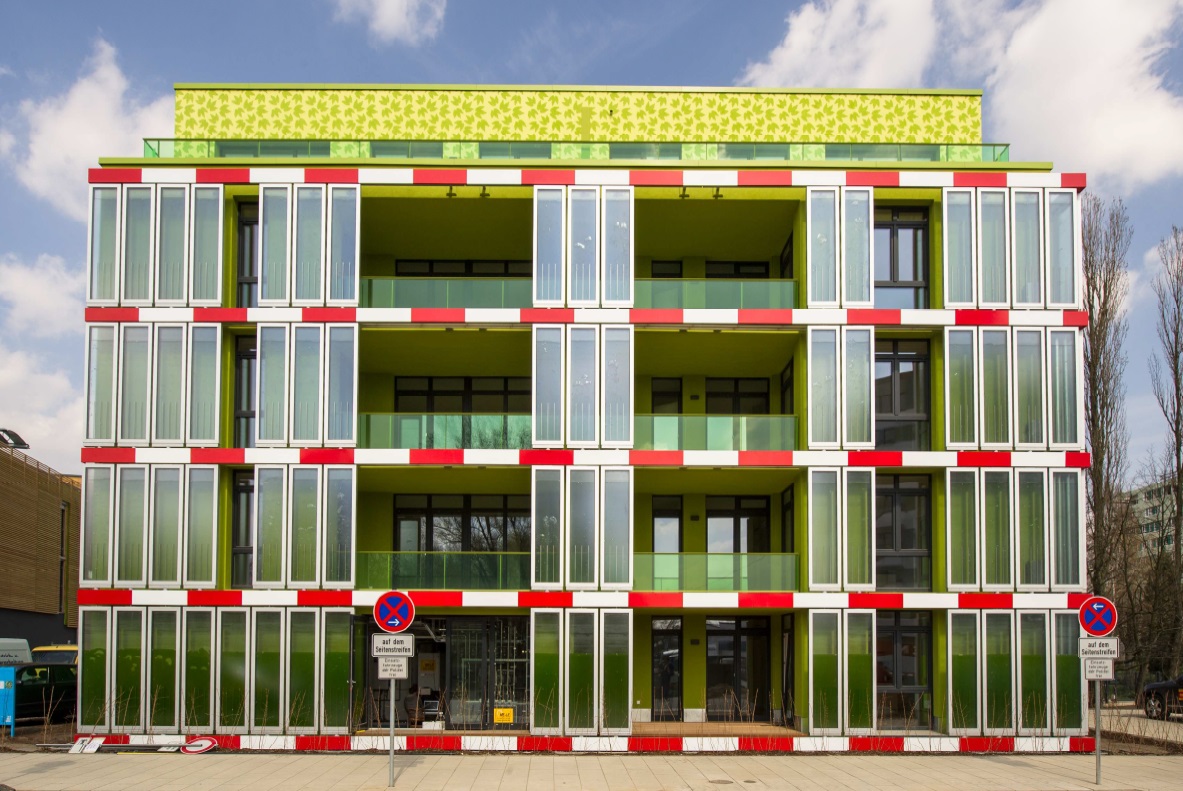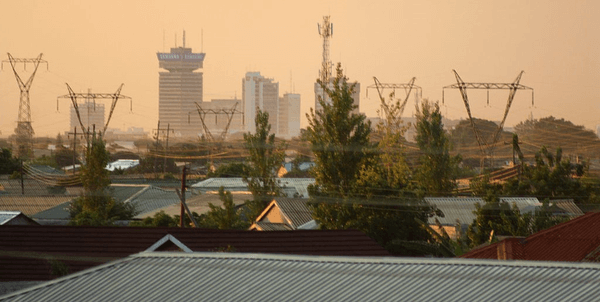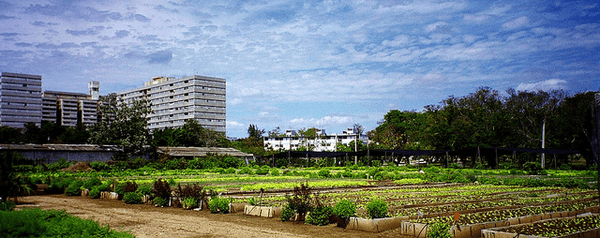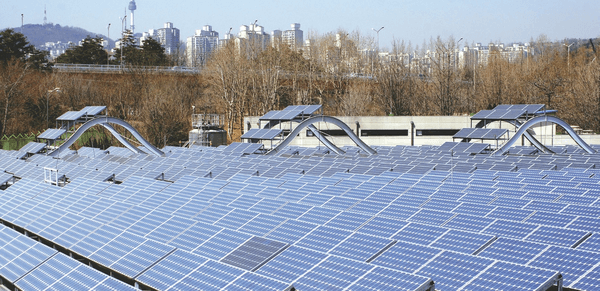It is a typical feature of an IBA to be structurally separated from “normal” administrative units and usually incorporated as a limited liability company. It thus has a certain amount of independence from classic administrative hierarchies and can act more like a private enterprise. Because of the lack of sovereign rights and administrative tasks, IBA has to work with several official administrations of the city and the municipal government as well as with relevant city owned companies. Additionally, IBA organised an official “IBA-partnership” with about 150 companies and institutions being members thereof. Inhabitants were also included in numerous workshops and forums.
After the realization of the IBA exhibition in 2013, a follow-up organization has used the existing competence and network to develop and market several new development areas, both within the borders of the exhibition area (central Wilhelmsburg area, “Haulander Weg”) as well as in areas located outside the former area (“Elbmosaik”, former barrack area “Röttiger-Kaserne”).
The working group undertaking the study “Energy Optimisation of the IBA Hamburg Model Region” (University of Applied Sciences Nordhausen) was working on a district level and used a scenario analyses to compare future energy demand and the potentials for savings, increased efficiency, and the use of renewable energy in the various types of urban building environment on the Elbe Islands. It also recommended the development of strategic measures for the optimisation of energy supplies. IBA and the “Climate Protection Concept Renewable Wilhelmsburg” are named as prototypes for further urban developments within the Hamburg area.
Several universities worked together with a high number of energy supply and distribution companies as well as housing companies and house owner associations to verify the results of the monitoring and to motivate them to cooperate to implement the elements of the climate protection concept.
The main objective of the “Climate Protection Concept Renewable Wilhelmsburg” is to tackle the challenges of global climate change by:
- the development and the implementation of measures “intra muros” (“within the border of the city or districts”),
- energy savings and energy efficiency,
- the use of local renewable energy sources and
- how local economies can be strengthened as a result.
The study undertook a concrete examination of two different reference scenarios, illustrating developments in 2013/2020/2050, and applying Germany-wide trends in renovation, efficiency and the introduction of renewable energy to the Elbe Islands. Two so-called excellence scenarios were developed as alternative to the reference scenarios to incorporate concrete IBA projects and also to examine different areas of emphasis in renewable energy supplies. The two scenarios are local and decentralised solutions adapted to the special local ability to achieve autonomy in renewable energy. The results of the study, undertaken in close cooperation with the IBA’s specialist Energy and Climate Advisory Board, form the most important basis for the “Energy-Atlas” of the Elbe Islands, and represent the strategic instruments and projects of the Elbe Islands’ future energy supply systems. The aim is the presentation of a spatial energy model for the IBA’s demonstration region.
In fact, the results of the study demonstrate that it is possible to supply the Elbe Islands by local renewable energy sources by 2050 even if the population will grow from 55.000 up to 73.000. In detail, a 100% supply by renewable power is possible until 2025, a supply of 85% renewable heat until 2050, to make the Elbe Islands nearly carbon neutral until 2050. The first projects like the “Energy Bunker”, the conversion of a former World War II aircraft shelter into a power station and heat storage and the “Energy Hill”, the transformation of a toxic landfill into a location of wind turbines and PV as well as a public park (see additional information), have been realized in close cooperation with local people and will be continued.
